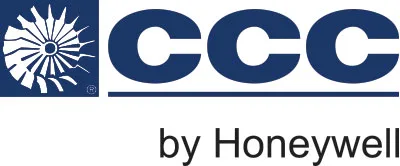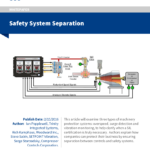

- Industries
- Solutions
- Services
- About CCC
- Media Center
- Contact
Enhance your turbomachinery performance and reliability by leveraging the power of digital and embedded expertise.
WATCH NOWSafety System Separation
This article will examine three types of machinery protection systems: overspeed, surge detection and vibration monitoring, to help clarify when a SIL certification is truly necessary. Authors explain how companies can protect their business by ensuring separation between controls and safety systems.
 Fill out the form to download the FREE white paper “A Total Integrated Approach”.
Fill out the form to download the FREE white paper “A Total Integrated Approach”.
Download your FREE copy today!
Contents Preview
Turbomachinery and rotating equipment often form the part of industrial processes where safety instrumented systems (SIS) are used to reduce the operating risk to a tolerable level. The SIS consists of a number of safety instrumented functions (SIF), which is one of the preventive and mitigation layers intended to reduce the likelihood of a hazardous event. The hazard and operability study (HAZOP) process is often used to identify such events.
However, the implementation of such SIFs, whilst meeting the desired safety integrity level (SIL), can be subject to spurious trips. These are trip events caused by failures in the system even when there is no hazardous event. For the purpose of business integrity, such trips can be expensive in terms of lost production and downtime. Likewise, an undetected dangerous failure, commonly referred to as a missed trip, can be significant to the business and may have safety, environmental, asset or production impacts. Designing a system that meets the complementary, yet sometimes conflicting, requirements of reliability and availability can be challenging. There are standards (IEC61508 and IEC61511) that define the processes for designing and implementing safety systems, but these do not address the spurious trips.